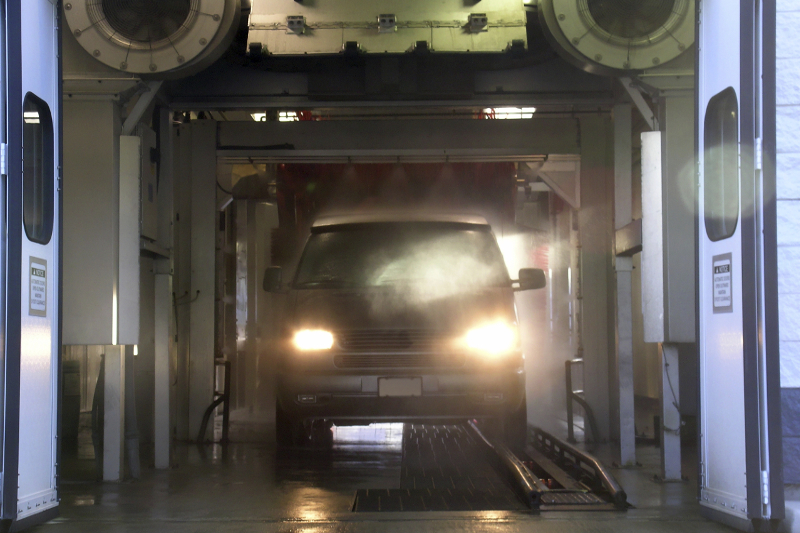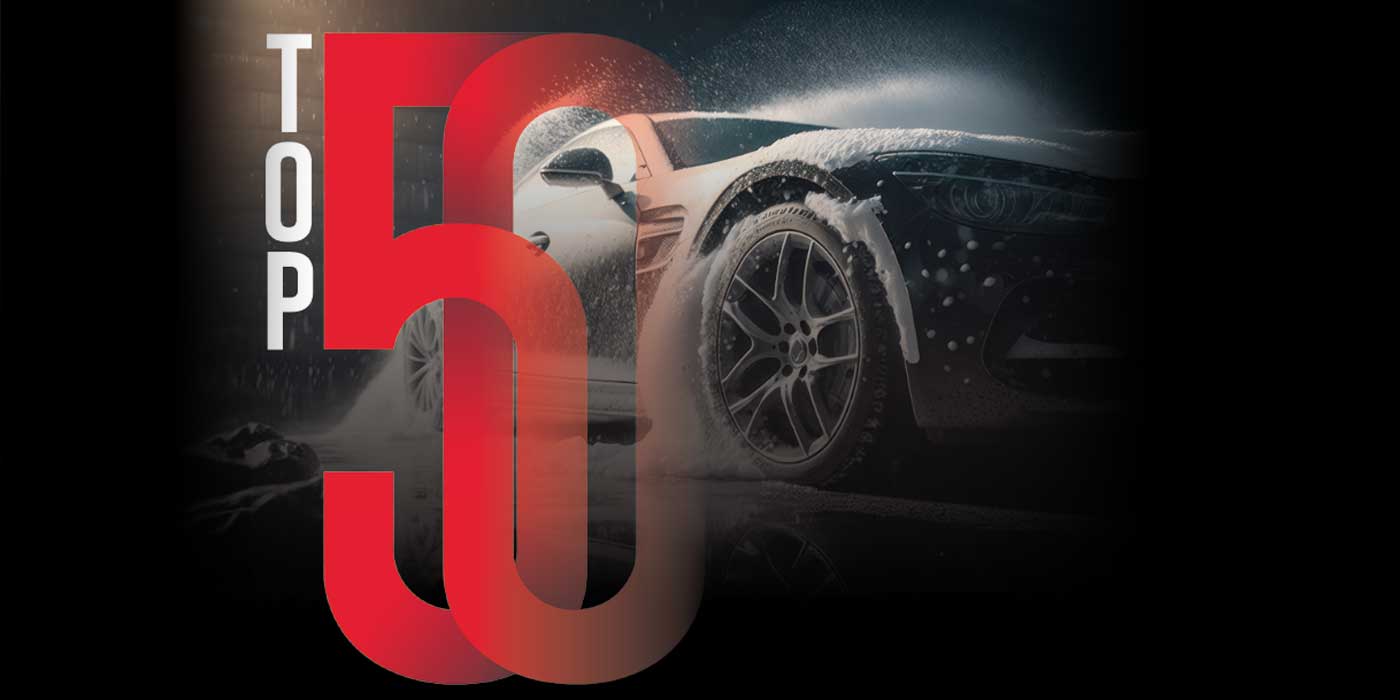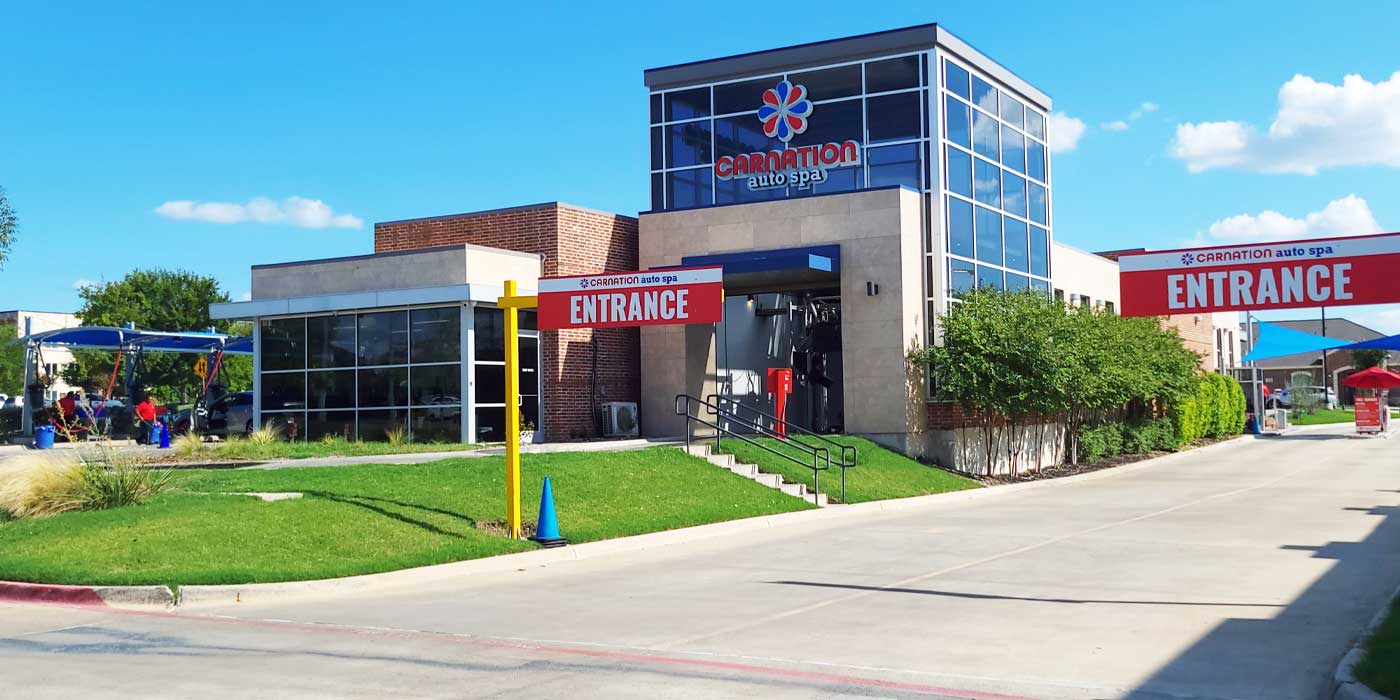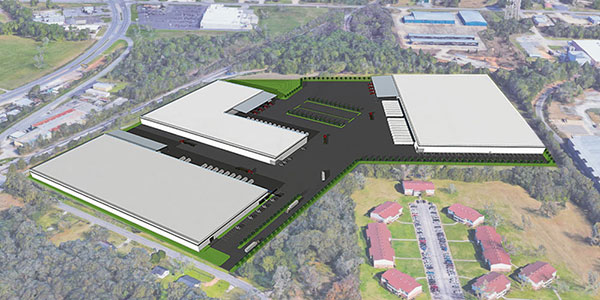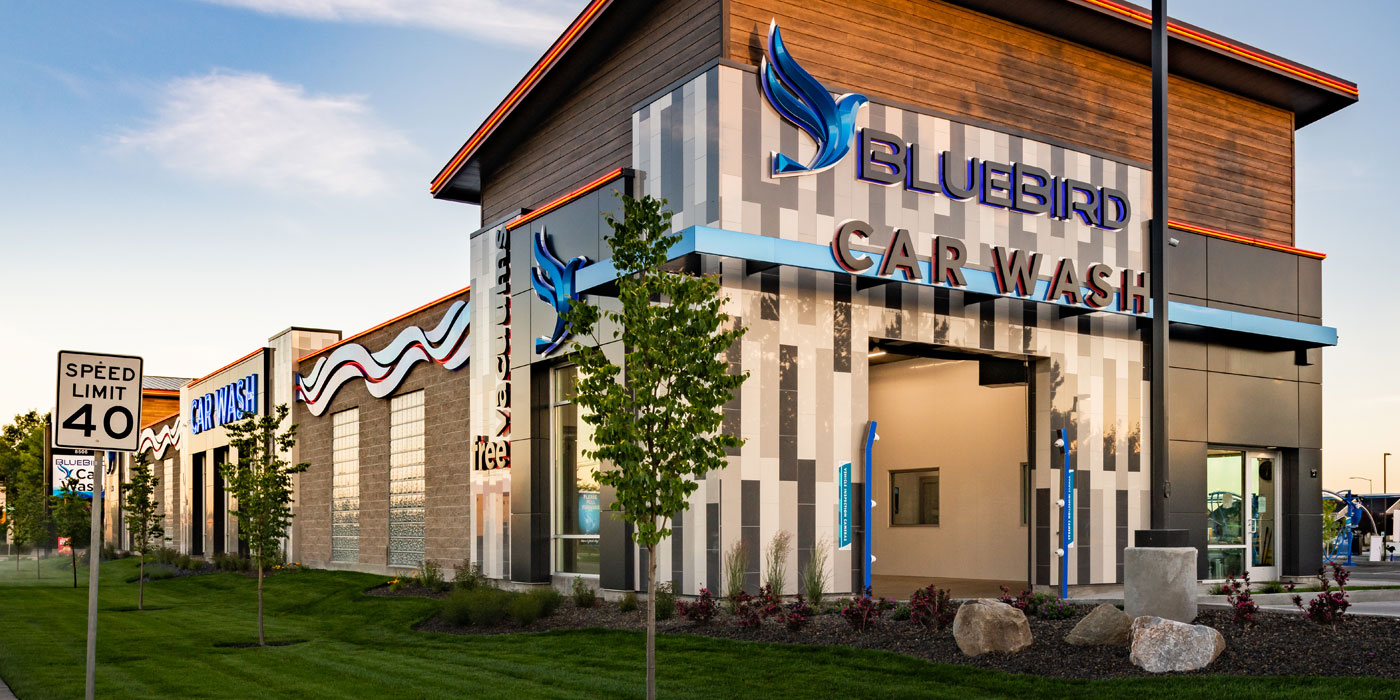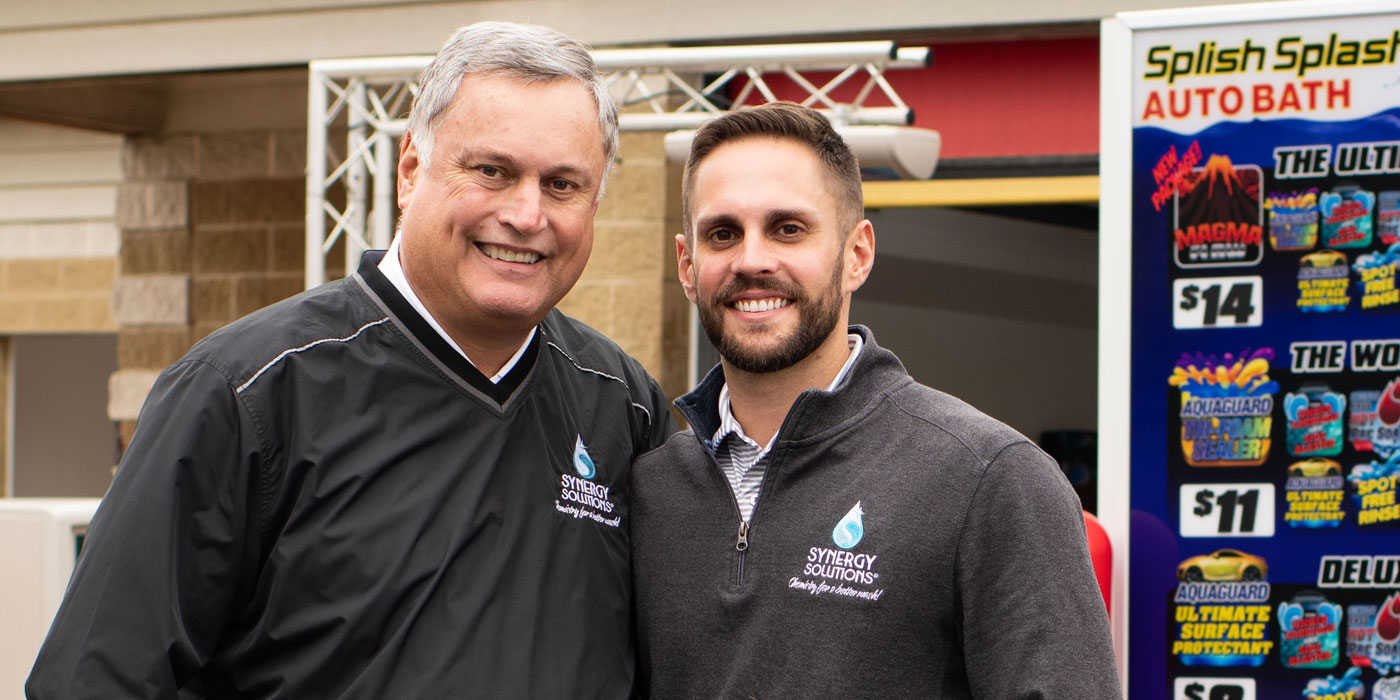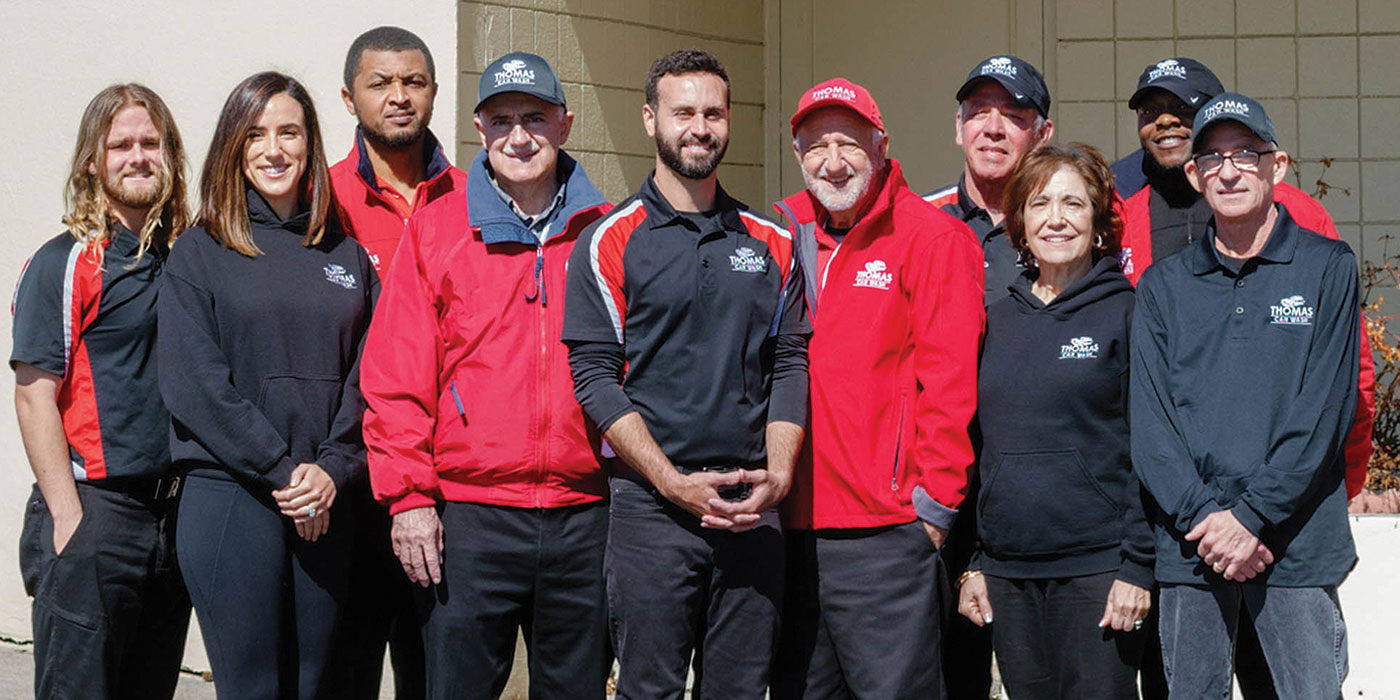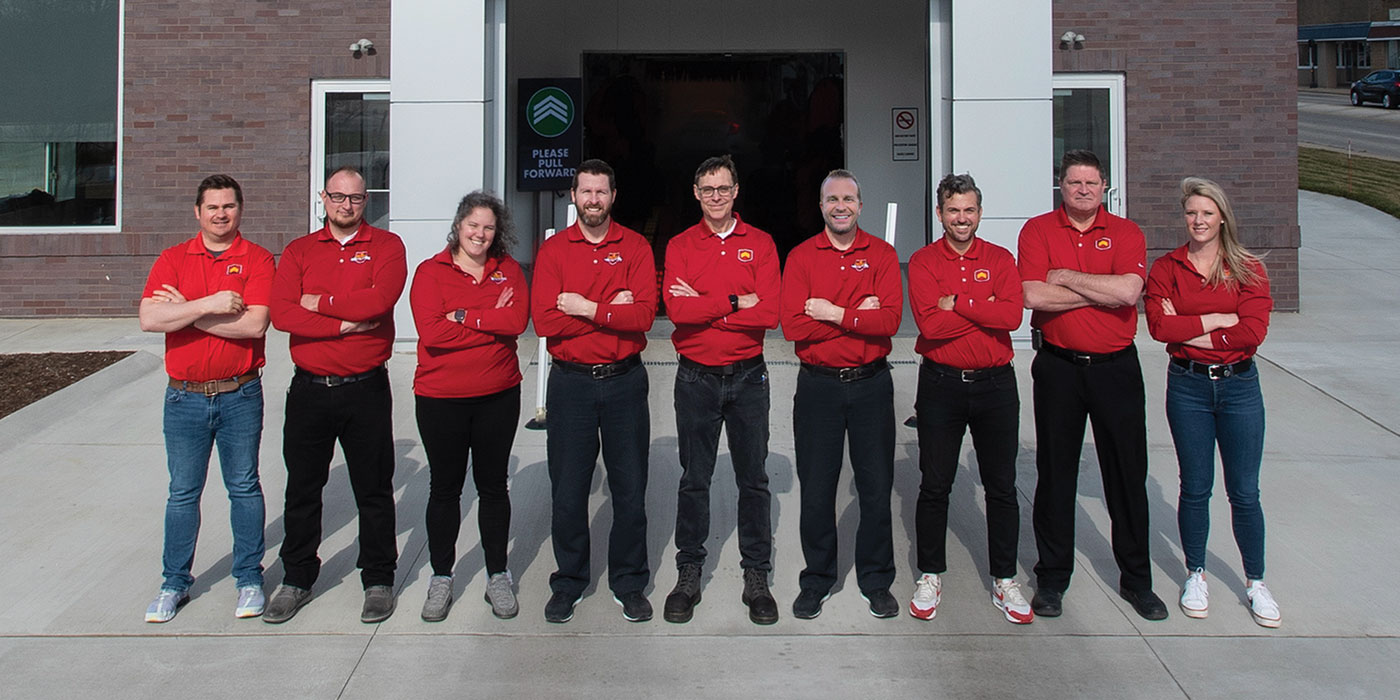Greetings everyone. I hope you are all enjoying spring and getting ready for summer. Out here on the West Coast, we have had a great time. And, with all that lies ahead, we are sure to see wonderful new milestones in this industry.
Now, if some of you have read my article, “Carwash construction 101,” featured in the March issue of Professional Carwashing & Detailing, you may have wondered why I didn’t address carwash equipment and the different pros and cons of each type. Well, if you are interested in tunnel carwashes, you are in luck.
While I usually do not give a public endorsement of any kind to any particular equipment manufacturer, I do know several, if not all, manufacturing outfits have their particular strong points and all are good in their own ways.
For the purpose of this article, we will take a closer look at the different ways to set up a tunnel carwash, and what type(s) of equipment might suit this wash type best. In other words: the layout.
Conveyors
One of the main categories for tunnel washes is conveyors. In the old days (believe it or not), they would hook a chain up to the front of the vehicle and pull it along inside the tunnel. Yes, that’s right: an old hook and chain.
In the last 50 years, we have obviously made some real advances in conveyors and can now choose from several different options. My suggestion is to evaluate the conveyor choices from an operational standpoint and not from a budgetary standpoint.
Whether you are running an express tunnel or a full-serve model, strength, reliability and quick maintenance are key; quick maintenance refers to how fast you can work on the chain — for example, if it breaks or snaps a roller.
New conveyors now offer what’s known as a “quick release” setup, which allows the operator to either change a roller or a link in just a few minutes. Gone are the days when you need two come-along sets and the best part of an hour to send a car through the tunnel. I recommend considering the quick release option when choosing a conveyor.
Additionally, installing a crash sensor is highly advisable. This shuts off the conveyor in the event of a collision emergency in your tunnel.
Wraps and curtain setups
Next, let’s move on to wraps and curtain setups. In my experience, I have found that the more surface you can reach on a vehicle the better.
Depending on where you are located, there are also particular climate considerations. For instance, if you can reach the bottom of the car around the rocker panels, the happier your customer will be (express), and the less you will spend on labor out front (full-serve). A really good curtain setup will also achieve the same effect — just move the previous notion topside.
Likewise, consider the durability and lifespan of the cloth or fabric as well as the color. Remember, the darker the color, the less the dirt will show, which may appeal more to customers.
Moreover, talk to your local representatives about the different types of materials now available. Everything from traditional felt-like applications to the more modern and super soft synthetic fiber materials can be a huge plus, or minus, in any tunnel configuration. Make sure to weigh the pros and cons for each option to ensure the right choice for your tunnel wash.
Wax applications
Finding the right wax application is really a matter of a particular need or sales motive. What are you going to sell, and what is your customer likely to buy? Several different options and models are available as far as wax applicators, triple foam arches, wax curtains and all the bells and whistles that go along with them.
With so many choices, and considering nearly all manufacturers offer their own special touch, choosing the right wax application, as mentioned, really depends on who you are trying to appeal to. In the colder regions affected by snow and salted roads, for instance, consider adding a rust inhibitor, which is also known as a bottom blaster.
Rinse arches
Rinse arches can be a bit tricky, because if you are running reverse osmosis you are going to need an additional system to go along with whatever you use as your final rinse.
Usually, unless you are in a warm, dry climate, you will not need this type of rinse. Although, adding a rinse arch definitely will not hurt business.
Blowers and dryers
Lastly, let’s discuss blowers and dryers. The equipment you choose is also a matter of preference; but, it is wise to consider the drip space, as well as the actual space in general, when selecting which blower/dryer to add to your tunnel.
Although certain blowers may provide the same horsepower and/or air output, they could also be quite different in the amount of floor space they require.
If working with an architect (as discussed in “Carwash construction 101,” which you can find by visiting www.carwash.com/new-carwash-construction-guidelines/) or tunnel expert, make sure to take into account these factors as well as other variables, including chemicals, that can contribute to the dryness of a vehicle.
By carefully weighing all the considerations discussed in this article, as well as other components unique to your carwash, you are well on your way to operating a successful tunnel that is not only effective, but also looks cool, too.
This about wraps up (no pun intended) the topic of tunnel washes. If you have any questions, please do not hesitate to call or email me directly.
Until next time,
Chris
Christopher C. McKenna of McKenna Assets LLC, based in Redondo Beach, California, can be reached at 310-947-9711 or via email at [email protected]. You can also visit his website at www.carwash-consultant.com. For more information on this subject and other carwash equipment, products and services, please visit www.theschoolofwash.com.

